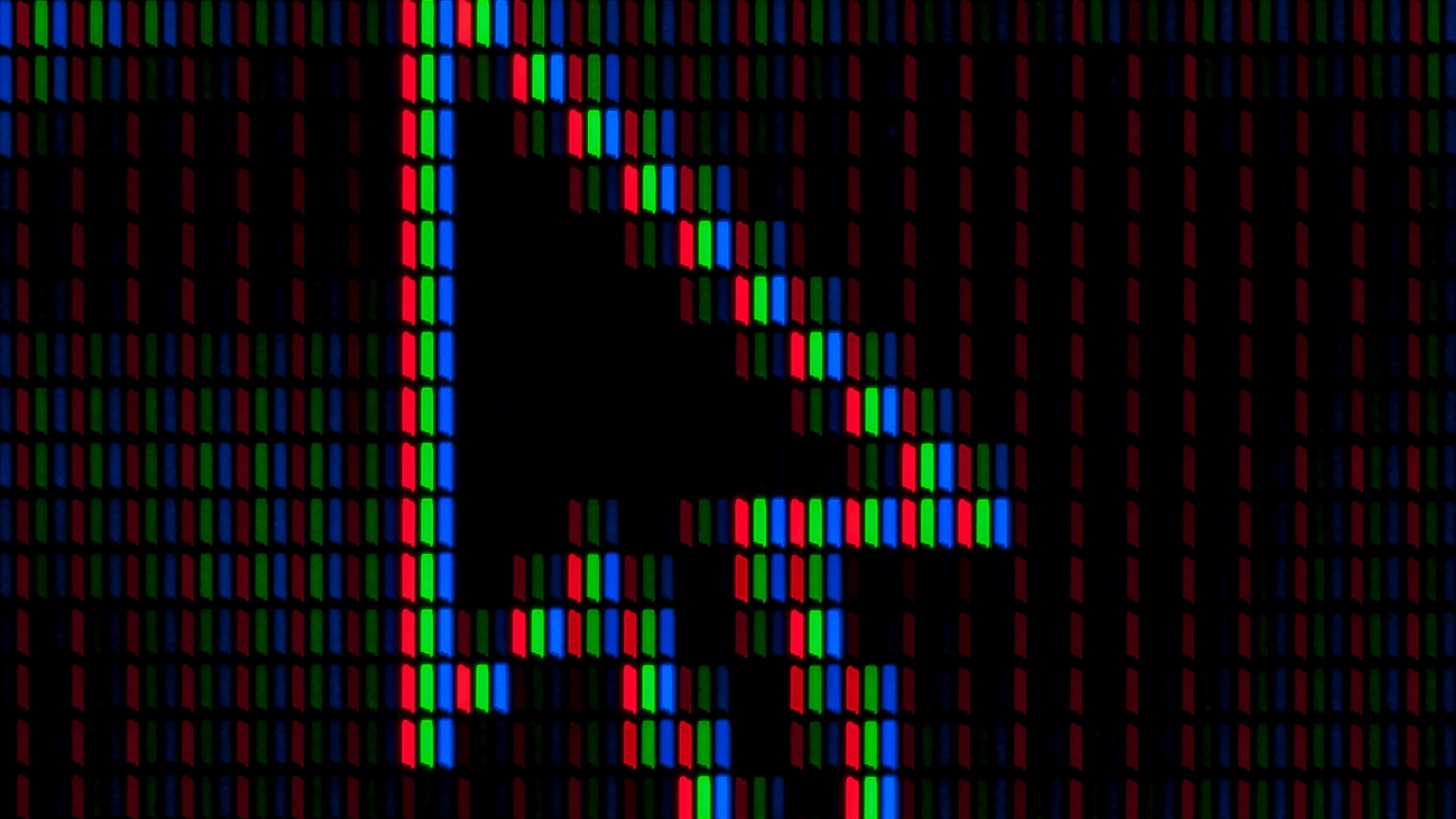Clearing houses stayed safe and carried out their job well in last year’s covid-19 turbulence – but there is still room for improvement when it comes to the pro-cyclicality and transparency of the margin models. This is the consensus when the Clearing Member Committee of derivatives industry association ISDA sums up the lastest crisis, after surveying the CCPs.
A twelve-page report summarises the answers from the world’s Central Clearing Counterparties (CCPs) to a long list of survey questions – and adds recommendations for the road forward.
Pro-cyclicality hurts
In terms of problems, the report zooms in on the situation where members need to chip in more money as margin to guarantee their commitments to their trading positions – due to volatility or price drops. This will tend to spur negative spirals, pro-cyclicality, as members paradoxically need to handle a cash drain in the market by locking up even more cash away from it. The committee also makes the case for faster publication than today of the so-called PQDs, public quantitative disclosures, by bodies CPMI and IOSCO.
“In line with the Principles for Financial Market Infrastructures, we believe CCPs should ‘adopt forward-looking and relatively stable and conservative margin requirements that are specifically designed to limit the need for destabilizing, procyclical changes’,” ISDA’s Clearing Member Committee quotes.
“The ISDA Clearing Member Committee recommends that anti-procyclicality (APC) tools are calibrated to ensure margin increases in response to volatility are less extreme in future. In addition, the paper recommends greater transparency of CCP models to enable predictability of margin levels during benign and stressed markets for clearing participants. Among other things, this should include what APC measures the CCP adopts. A standard for the measurement of procyclicality in CCP models should also be introduced, enabling the ratio between margin in stressed versus normal times to be measured in a common way.”
Make it monthly – and quicker
On the topic of disclosure timing, the report notes that “currently, public quantitative disclosures (PQDs) published by the Committee on Payments and Market Infrastructures (CPMI) and the International Organization of Securities Commissions (IOSCO) are produced by CCPs on a quarterly basis with a lag of another quarter. Consequently, participants had to wait until late June/early July 2020 for information from March 2020. Information for April was reported five months later. This paper recommends the frequency of these disclosures should be increased, at a minimum, for essential data points like IM [initial margin], default fund contributions and backtesting breaches to monthly disclosures.”












